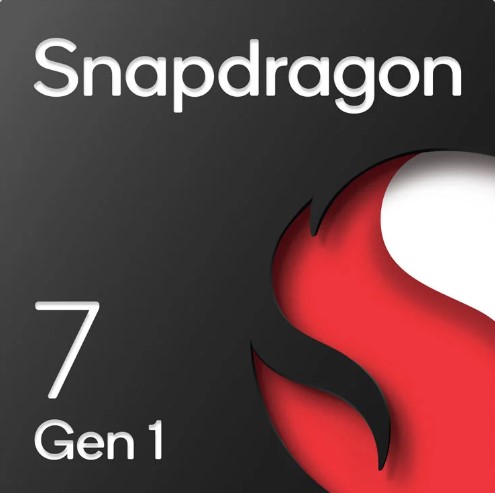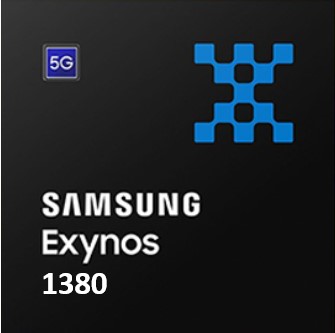Qualcomm Snapdragon 7 Gen 1 vs Samsung Exynos 1380
We’ve conducted a comprehensive side-by-side comparison between the latest
Snapdragon 7 Gen 1 and Exynos 1380
SoCs, from
Qualcomm and Samsung respectively. Our
analysis delves into the performance of these
8-core processors, based on
Geekbench, Antutu, and 3DMark
benchmark results, providing
detailed technical comparisons.
Review
General comparison of performance, power consumption,
and other
indicators
CPU Performance
Evaluation of Single-Core and
Multi-Core Processor Performance
Gaming Performance
Gaming and OpenCL/Vulkan
Performance of the Graphics Processing Unit (GPU)
Battery life
Energy Efficiency in Battery Usage
Tech Insist Score
Overall Performance Rating of the
Chip
Key Differences
Main differences and advantages of each chip
Pros of Snapdragon 7 Gen 1
Pros of Exynos 1380
Benchmarks
Evaluating performance through competitive testing in
leading benchmarks.
AnTuTu 10
The AnTuTu Benchmark evaluates CPU, GPU, RAM, and I/O
capabilities across various scenarios.
CPU
177123
151675
GPU
162367
135413
Memory
101455
110932
UX
120496
124860
Total score
561441
522880
GeekBench 6
The GeekBench test shows raw single-threaded and
multithreaded CPU
performance
3DMark
A cross-platform benchmark that assesses graphics
performance in Vulkan
(Metal)
3DMark Wild Life Performance
Stability
99%
-
Graphics test
17 FPS
-
Score
3089
-
Specifications
Full list of technical specifications of Snapdragon 7 Gen 1 and Dimensity
9300
Architecture
1x 2.4 GHz – Cortex-A710
4x 2.4 GHz – Cortex-A78
Cores
8
8
Base Frequency
1800MHz
2000MHz
Turbo Frequency
2400MHz
2400MHz
Instruction set
ARMv9-A
ARMv8.2-A
L2 cache
-
-
L2 cache
3 MB
-
L3 cache
-
-
Process
4 nanometers
5 nanometers
Transistor count
-
-
TDP (Sustained Power Limit)
5 W
-
GPU name
Adreno 662
Mali-G68 MP5
Architecture
Adreno 600
Valhall 2
GPU frequency
600 MHz
950 MHz
Pipelines
-
5
Shading units
384
-
Total shaders
768
-
FLOPS
-
608 Gigaflops
Vulkan version
1.1
1.1
OpenCL version
2.0
2.0
DirectX version
12
12
Neural processor (NPU)
Yes
Yes
Memory type
LPDDR5
LPDDR5
Memory frequency
3200 MHz
3200 MHz
Bus
-
-
Max bandwidth
25.6 Gbit/s
-
Max size
16 GB
8 GB
Storage type
UFS 3.1
UFS 3.1
Max display resolution
3360 x 1600
2960 x 1440
Max camera resolution
1x 200MP
1x 200MP
Video capture
4K at 30FPS
4K at 30FPS
Video playback
4K at 30FPS
4K at 30FPS
Video codecs
H.264, H.265, VP9
H.264, H.265, VP8
Audio codecs
AAC, AIFF, CAF, MP3, MP4, WAV
AAC, AIFF, CAF, MP3, MP4, WAV
Modem
X62
-
4G support
LTE Cat. 24
LTE Cat. 18
5G support
Yes
Yes
Download speed 5G
Up to 4400 Mbps
Up to 3670 Mbps
Download speed 4G
Up to 1200 Mbps
-
Upload speed 5G
-
Up to 1280 Mbps
Upload speed 4G
Up to 210 Mbps
-
Wi-Fi
6
6
Bluetooth
5.2
5.2
Navigation
GPS, GLONASS, Beidou, Galileo, QZSS, SBAS, NAVIC
GPS, GLONASS, Beidou, Galileo

